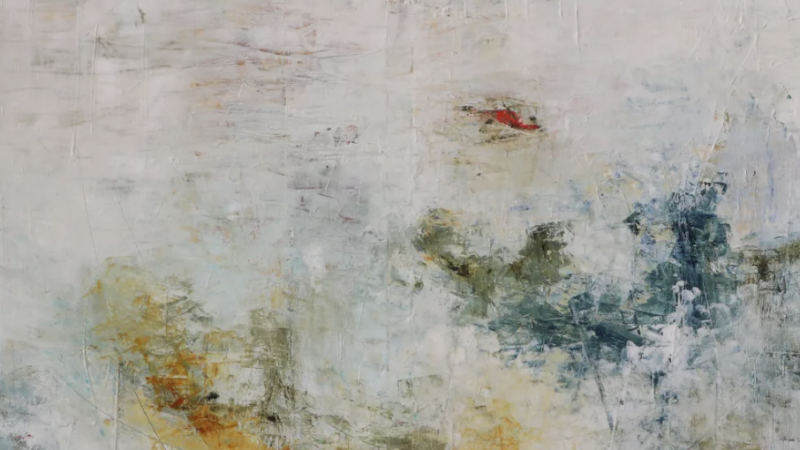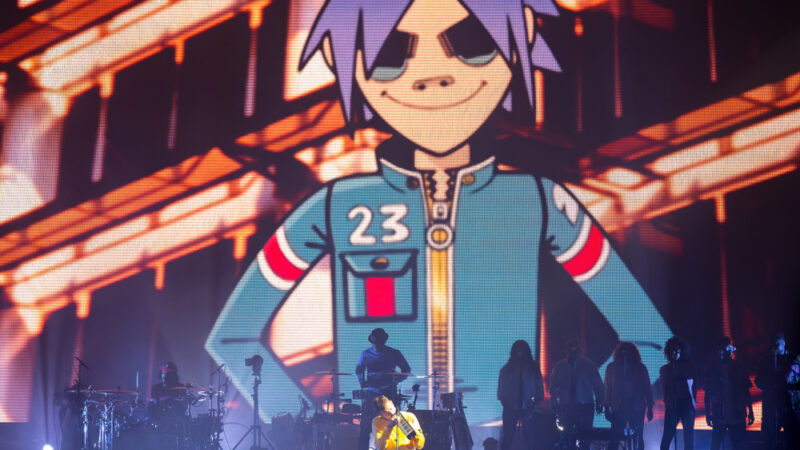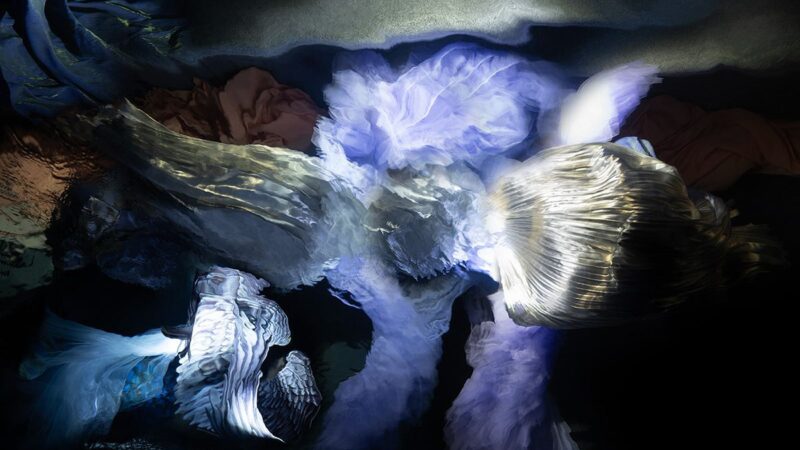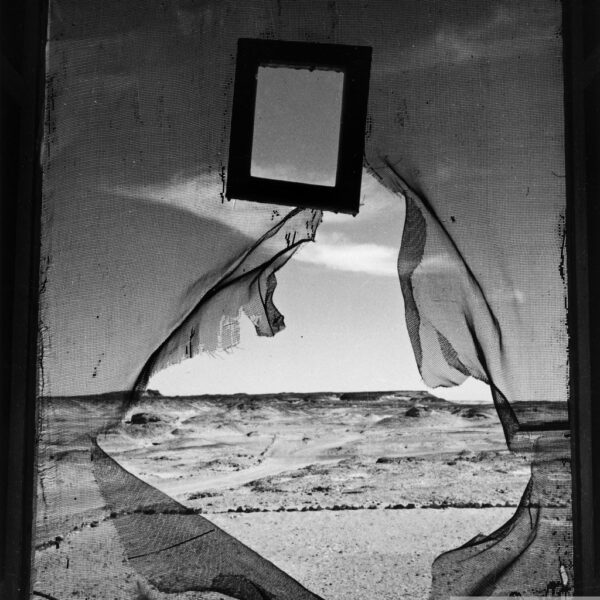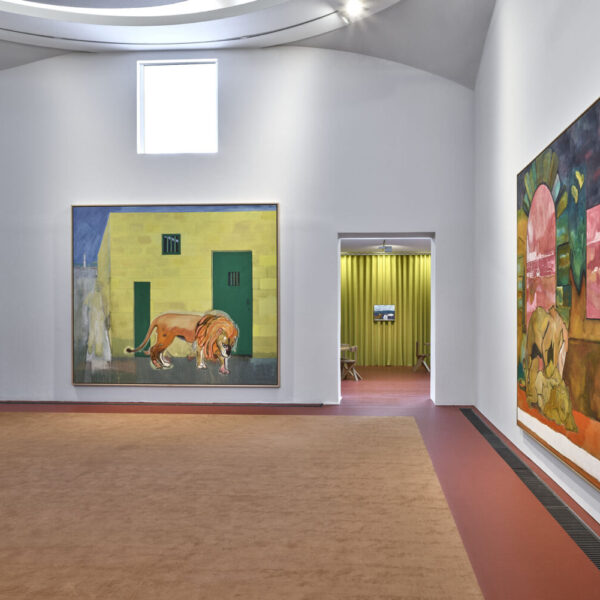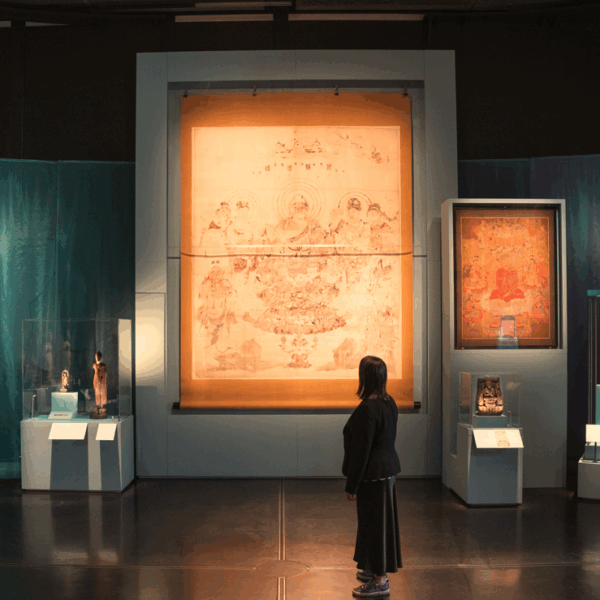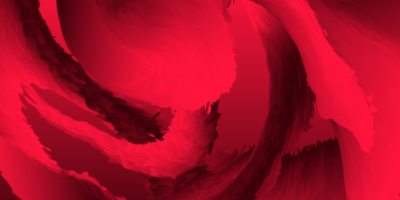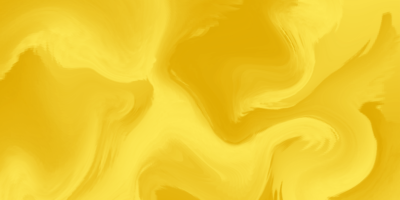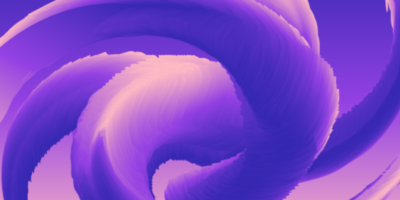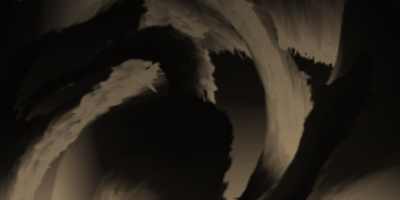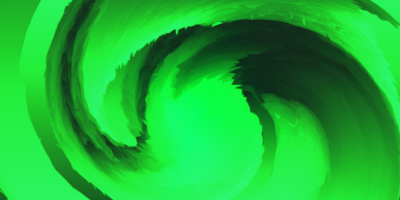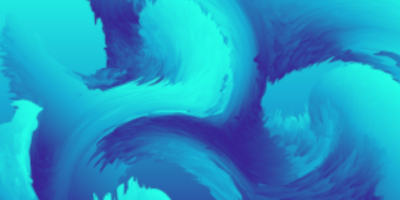Jean Cocteau: The Juggler’s Revenge | Italy
From April 13 through September 16, 2024, the Peggy Guggenheim Collection presents Jean Cocteau: The Juggler’s Revenge, the largest retrospective ever organized in Italy dedicated to Jean Cocteau (1889–1963), the enfant terrible of the French twentieth-century art scene.
The Peggy Guggenheim Collection is an especially appropriate place to host the most comprehensive exhibition, not least because of his long-lasting friendship with the U.S. patron. Cocteau had a special relationship with Venice, which he first fell in love with and felt transformed by at the age of fifteen. In the years following World War II, he regularly visited the city, attending the Venice Film Festival, creating fanciful renditions of gondoliers, objects at Egidio Costantini’s glassworks in Murano—which he helped revive and personally renamed La Fucina degli Angeli (“The Foundry of the Angels”)—and paying visits to Palazzo Venier dei Leoni. The exhibition also includes a drawing from one of Peggy Guggenheim’s guestbooks, including a letter and a caricature dedicated to her.
Curated by esteemed Cocteau expert and New York University art historian Kenneth E. Silver, the exhibition shines a spotlight on the artist’s remarkable versatility and the diverse array of artistic endeavors that defined his career, often drawing criticism from his peers. Featuring loans from esteemed institutions like the Centre Georges Pompidou in Paris, the Phoenix Art Museum, and the Nouveau Musée National de Monaco, alongside significant contributions from major private collections including the Cartier Collection, the exhibition showcases over one hundred and fifty works spanning various media. These encompass drawings, graphics, jewelry, tapestries, historical documents, books, magazines, photographs, documentaries, and films directed by Cocteau, providing a comprehensive overview of the artist’s distinctive aesthetic and turbulent career.
Exploring the central themes of Cocteau’s work, the exhibition delves into his fascination with Orpheus and poetry, eros, classicism in art, Venice and his association with Peggy Guggenheim, cinema, and his keen interest in design, particularly fashion, jewelry, and applied arts. A captivating selection of drawings sheds light on the pivotal role of desire in Cocteau’s artistry and his complex relationship with movements such as Cubism, Dadaism, and Surrealism. Additionally, the exhibition delves into Cocteau’s engagement with popular culture, advertising, and film, showcasing his enduring influence on subsequent artists like Andy Warhol, Félix González-Torres, and Pedro Almodóvar.
Widely regarded as one of the most influential figures of the twentieth century, Cocteau’s creative output spanned poetry, prose, theater, criticism, and visual arts. Described as a modern-day “Renaissance man,” he left an indelible mark on twentieth-century art with his extraordinary versatility and innovative spirit. Despite his position within the French establishment, Cocteau’s frank expression of his homosexuality and his struggles with opium addiction underscored his status as a provocative and enigmatic figure within the avant-garde. Surrounded by luminaries like Josephine Baker, Coco Chanel, and Pablo Picasso, Cocteau embodied the cultural, social, and political contradictions of his era, leaving behind a legacy that continues to resonate in contemporary art.
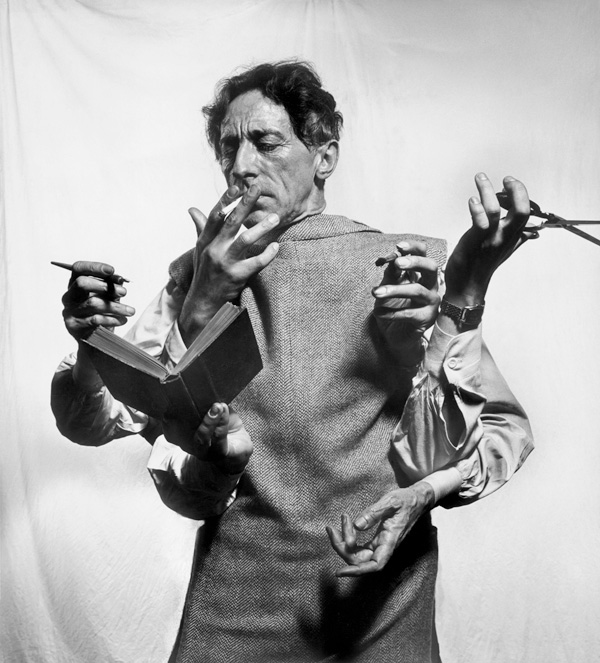
Header & above: Philippe Halsman, Jean Cocteau, New York, 1949
© Philippe Halsman / Magnum Photos
via Guggenheim Venice


